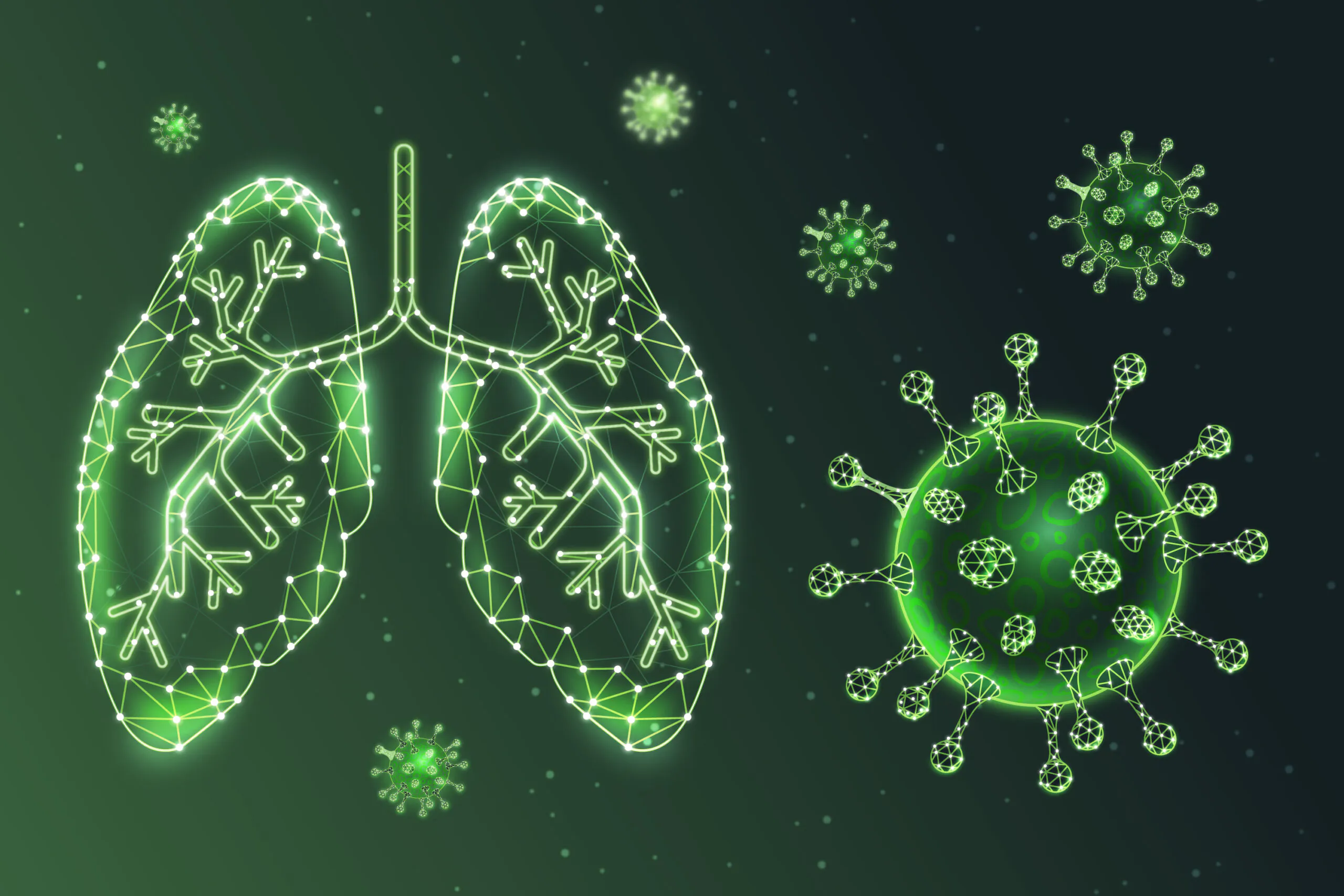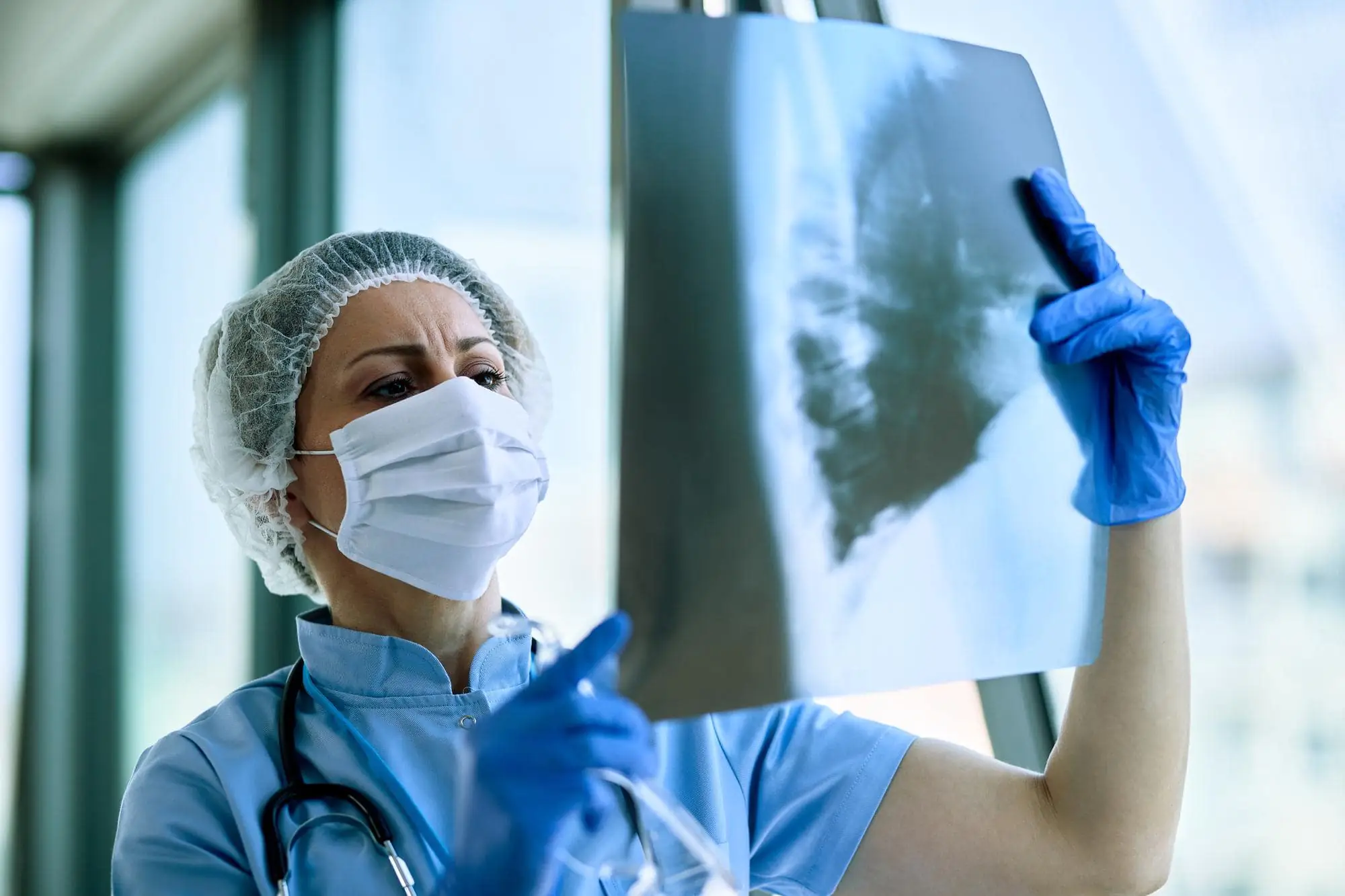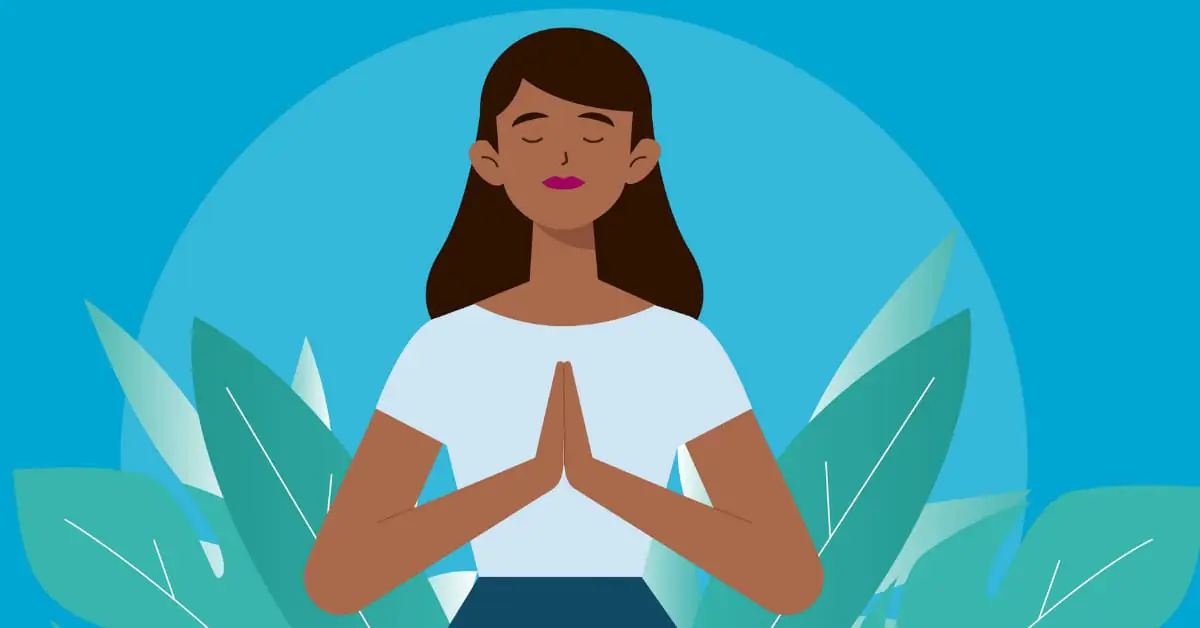
What is Pneumonia? Symptoms of Pneumonia?
Pneumonia is a disease that occurs as a result of infection and inflammation of the lungs. This disease, which is usually caused by microorganisms, manifests itself with symptoms such as fever, cough, shortness of breath, chest pain and can have serious consequences if left untreated.
What is Pneumonia?
Pneumonia, medically known as pneumonia, is an infectious disease characterized by infection and inflammation of the lung tissue, popularly known as pneumonia. Pneumonia, which is usually caused by microorganisms such as bacteria, viruses or fungi, causes inflammation and fluid accumulation in the alveoli (air sacs) in the lungs, which makes breathing difficult.
What Causes Pneumonia?
Pneumonia occurs when the lung tissue becomes inflamed as a result of infection. Pneumonia can be caused by a variety of microorganisms, chemicals and some risk factors.
- Bacterial Infections: The most common causative bacteria include Streptococcus pneumoniae, Haemophilus influenzae, and Staphylococcus aureus. Bacterial pneumonia is especially common in people with weakened immunity.
- Viral Infections: Viruses such as influenza (flu), Respiratory Syncytial Virus (RSV), SARS-CoV-2 (COVID-19) can cause pneumonia. It is more severe especially in children, the elderly and individuals with low immunity.
- Mycoplasma and Chlamydia Infections: Atypical bacteria such as Mycoplasma pneumoniae and Chlamydia pneumoniae can also cause pneumonia. This type of pneumonia is usually mild, but can become more serious if left untreated.
- Fungal Infections: Especially in immunocompromised individuals (HIV/AIDS, cancer patients, etc.) Fungi such as Aspergillus, Histoplasma, Cryptococcus can cause pneumonia.
- Chemical Irritants and Toxic Substances: Exposure to chemical gases, dusts, or fumes can cause irritation to the lungs, triggering pneumonia. Especially those who work in an industrial environment are more prone to this type of pneumonia.
- Other Reasons: Smoking: It weakens the defense mechanisms of the lungs and provides a susceptibility to infections.
- Immune System Diseases: Immune system diseases (eg. HIV/AIDS) or immunosuppressive therapies increase the risk of pneumonia.
- Malnutrition and General Health Status: It can increase the risk of pneumonia by weakening the immune system, especially in the elderly, infants and individuals with chronic diseases.
What Are the Symptoms of Pneumonia?
Symptoms of pneumonia;
- High fever
- Tremors and Sweating
- Cough
- Dyspnea
- Chest pain
- Rapid and superficial breathing
- Headache and fatigue
What Are the Symptoms of Pneumonia Without Fever? (Atypical Pneumonia)
Pneumonia without fever is a type of pneumonia that has different characteristics from ordinary pneumonia, which can also be referred to as atypical pneumonia, and is usually milder but can last for a long time. The symptoms of this type of pneumonia are somewhat different from the classic signs of pneumonia. Symptoms of atypical pneumonia are usually milder but long-lasting than classical pneumonia.
Symptoms of atypical pneumonia include:
- Dry Cough: Dry cough without sputum and for a long time is often seen. The cough can get progressively worse and last for weeks if left untreated.
- Fever: Usually high fever is not seen, it progresses with mild fever and chills. Fever may be lower than in classical pneumonia.
- Headache and Muscle Aches: Patients often complain of widespread muscle pain and headaches. These symptoms create a flu-like picture.
- Weakness and Fatigue: Weakness and fatigue may be felt to the extent that daily activities are difficult. This symptom can sometimes last for weeks.
- Sore Throat and Runny Nose: Cold-like symptoms, sore throat and runny nose can be seen. This can cause atypical pneumonia to be confused with the flu or the common cold.
- Shortness of Breath and Chest Pain: If the disease progresses, mild shortness of breath and chest pain may occur. However, these symptoms are not as severe as in classical pneumonia.
- Sweating and Shivering: Sweating and slight tremors may occur, especially at night.
What are the Symptoms of Pneumonia in Children?
Symptoms of pneumonia in children can be listed as follows;
- Fire: Often high fever is observed,
- Cough: Usually there may be a continuous and phlegmatic cough, sometimes a dry cough.
- Dyspnea: The child can breathe quickly and superficially.
- Rapid breathing (tachypnea): Faster breathing than normal, which is determined by the child’s age, is an important symptom of pneumonia.
- Chest pain: There may be chest pain, especially with coughing.
- Restlessness and weakness: Symptoms such as moodiness, fatigue and weakness can be observed in infants and young children.
- Loss of appetite and vomiting: The child may develop loss of appetite, nausea or vomiting.
- Bruising (Cyanosis): There may be bruising on the lips or fingertips due to lack of oxygen, this requires urgent intervention.
Symptoms of pneumonia in children can vary depending on age, the severity of the infection, and the state of the immune system.
What Are the Symptoms of Pneumonia in Babies?
Symptoms of pneumonia in infants may be slightly different from those of children and adults and may not become more pronounced. Therefore,
- Rapid breathing: Breathing faster than normal (tachypnea) is an important symptom of pneumonia in infants. While the baby is breathing, the opening and closing of the wings of the nose and the retraction of the spaces between the rib cage (puller) can be observed.
- Nasal wing breathing: The opening and closing of the wings of the nose while breathing indicates difficulty breathing.
- Pulling on the chest: The area between the ribs and under the sternum is pulled inward with each breath may indicate that the baby is having difficulty breathing.
- Wheezing or moaning: Babies may have wheezing or moaning-style breathing. This is one of the signs of respiratory distress.
- Bruising of the lips or fingers (cyanosis): Bruising of the lips or fingertips may occur due to lack of oxygen. This requires immediate medical attention.
- Feeding problems: When the baby has pneumonia, there may be a reluctance to suck or take formula. In addition, he may tire quickly during feeding and therefore not be fed enough.
- Restlessness and weakness: Babies may experience extreme restlessness, constant crying, or abnormal sleepiness.
- Fever: They usually have a high fever, but some babies may have a low or no fever at all.

Symptoms of Pneumonia in Adults
Symptoms of pneumonia can vary depending on the severity of the infection, the age of the patient and their general health, the most common symptoms of pneumonia in adults are:
- High Fever: It is usually manifested by the rise of fever. Fever above 38 degrees is observed.
- Tremors and Sweating: Intense tremors and sweating can be seen, especially during febrile periods.
- Cough: In pneumonia, the cough is usually phlegmatic, and the sputum may be yellow, green, or brown.
- Dyspnea: There may be difficulty in breathing due to the fact that the lungs are affected.
- Chest Pain: Increased chest pain is felt, especially when breathing deeply or coughing.
- Rapid and Superficial Breathing: Under the influence of infection, respiration accelerates.
- Headache and Fatigue: A general weakness, fatigue and sometimes headache may be felt.
- Nausea and Vomiting: Complaints of nausea and vomiting can also be seen, especially in the elderly.
What Are the Signs of Pneumonia Healing?
In general, pneumonia can be considered to be curing if the following symptoms are observed:
- Decrease in fever: High fever is a common symptom of pneumonia. As the response to treatment is achieved, fever decreases to normal levels and bouts of fever decrease.
- Cough relief: During the treatment of pneumonia, the cough gradually decreases and becomes less intense. Although the cough does not go away completely, a decrease in the amount of sputum and a decrease in the frequency of cough are signs of recovery.
- Reduction of shortness of breath: Breathing becomes easier in people who have recovered. Shortness of breath decreases and normal breathing rhythm is returned.
- Chest pain relief: Chest pain, which is common in pneumonia, decreases or disappears completely with treatment.
- Increased energy level: In people who start to recover, general fatigue is replaced by higher energy, and daily activities are returned more easily.
- Improvement of appetite: Loss of appetite is common during illness; However, when recovery begins, appetite begins to improve and the person can return to the diet.
- Improvement of sleep quality: Problems such as restless sleep and frequent awakenings, which are common in pneumonia, decrease with treatment. A more comfortable and uninterrupted sleep indicates that the body has begun to recover.
As pneumonia (pneumonia) is treated, signs of improvement appear over time. Recovery time may differ from person to person.
How Is Pneumonia Treated?
In general, the treatment of pneumonia is applied as follows:
- Antibiotics: Antibiotic therapy is the main method of treatment in bacterial pneumonia. Antibiotics are usually used for 5-10 days, but the duration of treatment may be extended depending on the course of the disease. Antibiotics are not effective in viral pneumonia.
- Antiviral drugs: In viral pneumonia, that is, in cases caused by viruses, antiviral drugs can be used. But most viral pneumonia resolves on its own with supportive care.
- Supportive Treatment:
- Antipyretics and painkillers: If there is a high fever and pain, antipyretics and painkillers such as paracetamol or ibuprofen are used.
- Plenty of fluid intake: It is important to drink plenty of water to prevent fluid loss from the body and ensure that phlegm is easily excreted.
- Good rest: It is necessary to get plenty of rest to support the body’s healing process. This helps the immune system fight the infection more effectively.
- Oxygen therapy: In severe cases of pneumonia, oxygen therapy may be required in the hospital, especially if the oxygen level is low. Respiratory support is provided by giving oxygen to patients who experience shortness of breath or have low oxygen levels.
- Hospitalization: In some cases, hospitalization may be required, especially in the elderly, young children, or patients with weakened immune systems. The hospital provides intravenous (intravenous) antibiotics, fluid support, and respiratory support when necessary.
- Physiotherapy: Respiratory physiotherapy may be recommended in some cases to facilitate breathing and help clear the phlegm that has accumulated in the lungs.
How Many Days Does Pneumonia Treatment Take?
Treatment for pneumonia varies depending on the cause of the infection (bacterial, viral, or fungal), the patient’s age, health status, and the severity of the infection.
Is pneumonia contagious?
Pneumonia is a disease that often develops as a result of bacterial, viral or fungal infections and can be contagious. Microbes spread by coughs and sneezes, especially of infected people, can be passed on to healthy individuals. Therefore, it is important to avoid close contact with patients with pneumonia.
How is pneumonia transmitted?
Pneumonia (pneumonia) is usually transmitted by bacteria, viruses or, rarely, fungi reaching the respiratory tract. The ways of transmission of pneumonia are:
- Airborne droplets: The germs that cause pneumonia can be carried by droplets that spread through the air when a sick person coughs, sneezes or talks. When a healthy person inhales these droplets, the germs can reach the lungs and cause infection.
- Contamination from surfaces: On surfaces that a sick person comes into contact with, microbes can live for some time. When a healthy person touches these surfaces and then puts their hands to their mouth, nose, or eyes, germs can enter the body and lead to pneumonia.
- Contact with mouth and nose secretions: The microbes that cause pneumonia are found in the secretions of the mouth or nose of the sick person. In situations such as close contact or kissing, these germs can be passed on to the healthy person.
- The spread of infection in immunocompromised people: The elderly, infants, people with chronic diseases or people with weakened immune systems are especially susceptible to pneumonia germs. These people are more likely to get an infection when they are exposed to microbes that cause pneumonia.
- Hospital-acquired infections: Patients who stay in hospitals or health centers for long periods of time, especially those who are on ventilators or those who are immunocompromised, may be more easily exposed to the germs that cause pneumonia. This type of pneumonia is called “hospital-acquired pneumonia”.
Pneumonia Frequently Asked Questions
Does Pneumonia Go Away?
Yes, with proper treatment, pneumonia usually improves. If left untreated, it can lead to complications.
How Does Pneumonia Pass?
Bacterial pneumonia is relieved with antibiotics, while viral pneumonia usually resolves with supportive treatment. Rest, drinking plenty of fluids and medications recommended by the doctor support the healing process.
How Many Days Does Pneumonia Go Away?
Mild cases of pneumonia may heal within a few weeks, but severe cases and the elderly may take longer to recover.
When is pneumonia dangerous?
Pneumonia; It can be more dangerous in infants, the elderly, those with weakened immunity and people with chronic diseases. Symptoms such as difficulty breathing or bruising require immediate attention.
Does pneumonia happen from a cold?
Cold weather does not directly cause pneumonia; However, in cold weather, the immune system can be weakened, which can reduce resistance to viruses and bacteria, increasing the risk of pneumonia.




